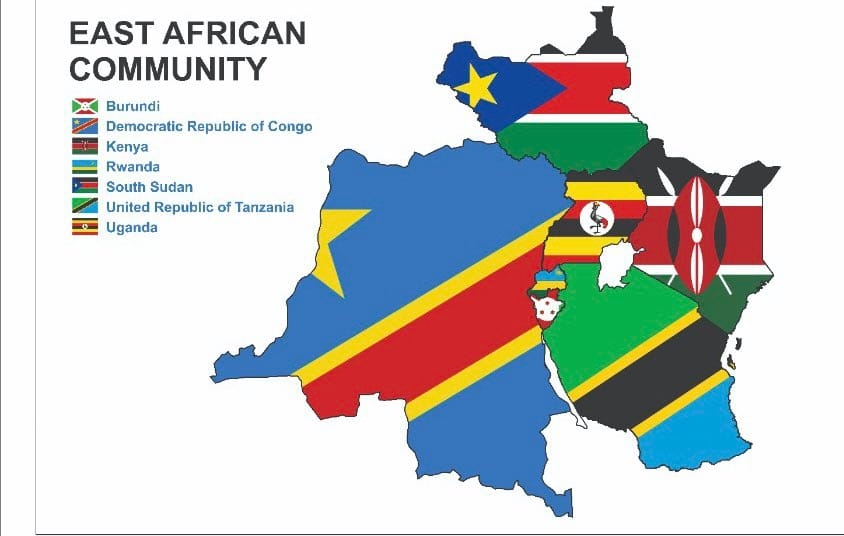
 At least 41 per cent of households rely on firewood for cooking. This leads to respiratory diseases, a leading cause of death in Kenya/ FILE
At least 41 per cent of households rely on firewood for cooking. This leads to respiratory diseases, a leading cause of death in Kenya/ FILE
Kenyan households still largely rely on firewood and
other biomass sources for cooking, despite the steady increase in the use of liquefied petroleum gas (LPG).
The latest Energy and Petroleum Statistics Report by the Energy and Petroleum Regulatory Authority (Epra) shows that 97 per cent of energy used by households was derived from biomass. At the same time, a paltry three per cent was produced from various renewable sources.
This, even as studies show that respiratory diseases, mostly linked to dirty energy and air, are leading causes of death in the country.
Data from the World Health Organisation (WHO) collaboration, by a report from the Ministry of Health, shows that respiratory infections and tuberculosis were the most frequent cause of casualties in Kenya, with a rate of almost 208 deaths per 100,000.
The report shows that dirty cooking energy, particularly biomass fuels like charcoal and firewood, leads to significant respiratory diseases in Kenya due to severe indoor air pollution from particulate matter and toxic gases.
This indoor air pollution contributes to serious health issues, especially for women and young children, and is responsible for thousands of premature deaths annually.
Furthermore, studies have linked unclean cooking fuel use to multiple physical and mental health outcomes.
For instance, cooking with biomass fuels at home releases a significant quantity of pollutants that are subsequently inhaled.
Health experts say that such exposure to particulate matter results in negative physical and mental health complications, potentially via increased levels of oxidative stress and inflammatory reactions.
Inflammation and reactive oxygen species are implicated in neural and cardiovascular function, but accumulation of these in the brain or cardiac tissue is a key mechanism in disease development.
Besides, dirt-cooking energy is a threat to the environment, with state data showing that Kenya loses 10.3 million m3 of wood from its forests every year from unsustainable charcoal and wood fuel use.
Household biomass fuel use contributes more than 22 million tonnes of CO2 each year (as high as 35 MT CO2eq including fuel production emissions), which is equivalent to 30-40 per cent of total Kenya GHG emissions.
Although the use of fossil energy for cooking has been dropping over the years due to rampant urbanization in the country, courtesy of devolved governments and government’s policies on sustainability, a new survey by Trends and Insights for Africa (TIFA) shows that firewood remains the most widely used cooking fuel in the country, with 41 per cent of households relying on it.
The report indicates that while the most common fuel used by Kenyans overall for residential cooking is firewood, there is a marked contrast between urban and rural dwellers in this regard.
Income levels also shape household choices. In urban areas, 89 per cent of the wealthiest families reported using LPG, compared to just 38 per cent of the poorest.
A similar gap was observed in rural areas, where 45 per cent of affluent households used LPG, against only 14 per cent of the poorest.
Even so, adoption of cleaner cooking options, like the use of LPG, is further expected through the implementation of the National LPG Growth Strategy, which prioritises the adoption of LPG in public learning institutions, household reticulation, and cylinder distribution to low-income households.
Energy regulator says that the LPG sector is set for significant expansion, driven by both infrastructure and policy interventions.
Last year, LPG consumption grew significantly, rising 15 per cent from 360,594 metric tonnes in 2023 to 414,861 metric tonnes in 2024.
This upward trend is expected to continue with the rollout of the National LPG Growth Strategy, which promotes LPG adoption in public institutions, households, and among low-income communities. To support this growth, new infrastructural developments have been undertaken, as highlighted in this report.
“The commissioning of the Lake Gas facility in Vipingo, Kilifi County, has boosted storage capacity for LPG receiving terminals, improving supply security. In tandem, the government’s planned implementation of an Open Tender System (OTS) for LPG will enhance competitiveness, transparency, and efficiency in imports.”
According to the report, the government’s decision to zero-rate LPG will continue to stimulate demand, particularly among households transitioning from traditional biomass fuels.
These initiatives will accelerate Kenya’s journey toward universal access to clean cooking solutions.
Although the country is hailed for championing energy, it is still dependent on fossil energy, with Epra data showing that petroleum imports recorded a 7.7 per cent increase in diesel, super petrol, and dual-purpose kerosene volumes compared to the previous financial year.
Of these volumes, 55.01 per cent were designated for domestic consumption while 45 per cent supported the transit market, underscoring Kenya’s strategic role as a regional energy corridor.
Domestic demand for petroleum products rose by 6.9 per cent to 5,839,464.78 m³, driven largely by a decline in local and international prices and increased economic activity.
Even so, Kenya has continued to strengthen its position as a continental leader in green energy, with renewable sources accounting for 80.17 per cent of the electricity mix in the year under review.
Geothermal energy remained the leading source at 39.5 per cent, followed by hydro at 24.2 per cent, wind at 13.2 per cent, and utility-scale solar at 3.3 per cent.


















